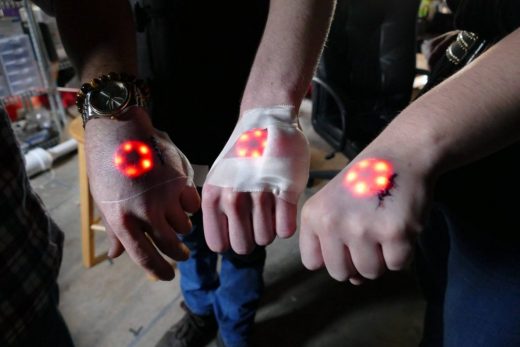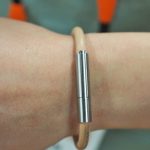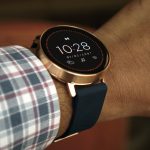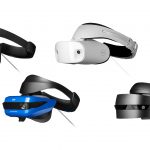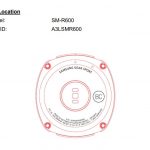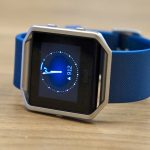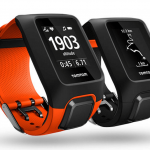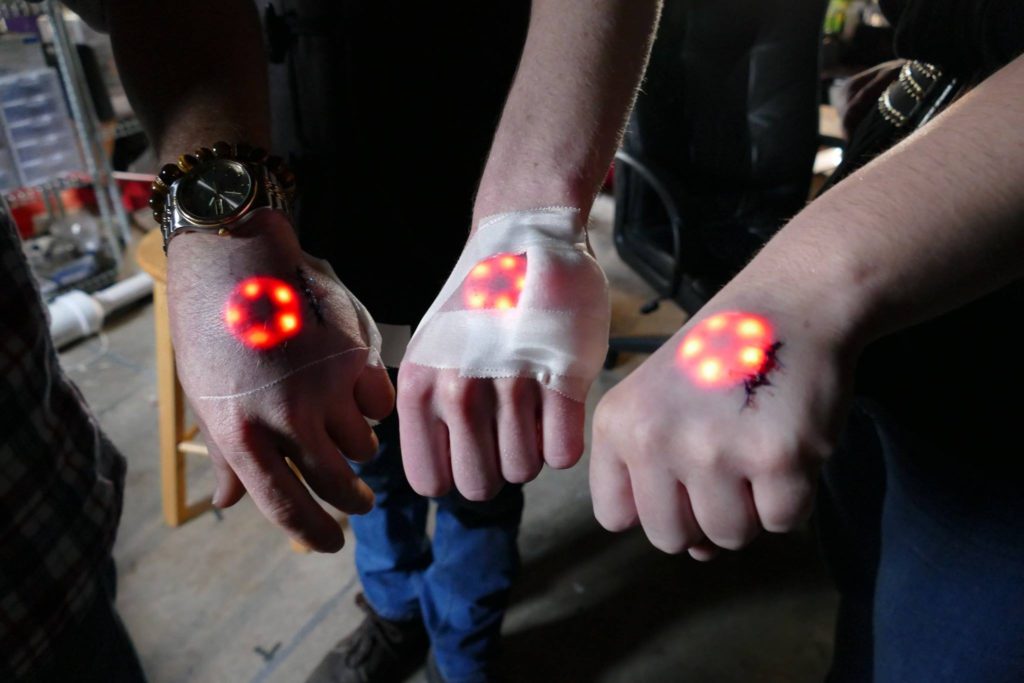Will these wearables finally make us cyborgs?
Will these wearables finally make us cyborgs?

I am one of those people that firmly believes that implanted wearables are the future of health technology. Devices like cochlear implants have been around since the 1980s, contraceptive implants since the late 1990s and there are many other implanted medical devices that add quality to life — or even preserve life — from hip replacements to pacemakers.
However, outside of the medical world, implanted devices have been limited to a DIY movement called biohacking, a form of self-health monitoring which aims to take the expertise out of the hands of health professionals and into the hands of individuals. The spectrum ranges from the more benign exercise wearables to a range of DIY “body tools” and regulators, like implanted biomagnets that can used to pick up small items or an RFID chip to unlock your door or use the photocopier without a PIN code.

Cyborg Nest resets your orientation
Cyborg Nest recently launched their first commercial product, North Sense, a Bluetooth-enabled, thumbnail-sized embeddable piece of tech that attaches to your body with a couple piercings and vibrates every time it faces magnetic north. The Cyborg Nest website couches their wearables in an unfortunately “mystical” language which obscures the practical benefits of wearables in everyday life for many people. Let’s face it — there are other more appealing wearable devices than a compass for most people.
Once fitted, the company says, “you’re given back an ancient sense of orientation, deeply rooted in our traditions, spiritual life and history. You will own a unique new ability, and this will change you. In a few months, as a cyborg, you’ll be able to experience new memories, maps and life moments, created and influenced by a new layer—your North Sense.”
It all seems rather excessive for a mere compass that can’t even unlock a front door or connect to a map on an iPhone.
The FAQ section is also quite entertaining, as the creators answer the question of how it will change people:
“This is not a physical change – this is a mind change. Processes take time, changing from person to person. Gradually, North Sense will become part of your existence. Your brain will learn how to filter the information, exactly as it’s filtering distractions right now as you’re reading this sentence.”
North Sense seems tame compared to predecessors like the work of Grindhouse wetware, a Pittsburgh startup that created Northstar V1, an implanted wearable device, pictured below, that gives wearers “the possibility of implanting technology in the body and paves the way for more advanced and functional augmentations.”
They aim to follow with Northstar Version 2, a “rechargeable device that adds gesture recognition and Bluetooth capabilities, enabling users to control electronic devices with hand movements, as well as add patterns or color variations to LED.”

To be fair, there are different levels of comfort and acceptance when it comes to notions of transhumanism, cyborgs and implanted wearables and this is one of the few examples of a commercial wearable that goes beyond being simply “worn.”
You can pre-order North Sense now for $ 367, with the initial 2,000 units expected ship in September. Beyond that, you’ll have to wait for the next Biohacker Summit in Helsinki or liaise with Dangerous Things.
The post Will these wearables finally make us cyborgs? appeared first on ReadWrite.
(25)

